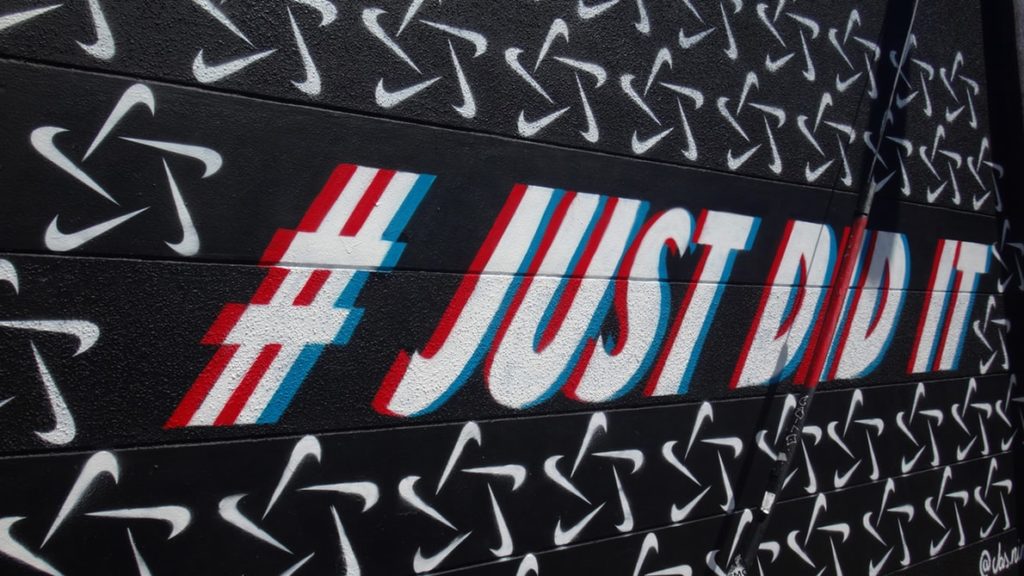Across all forms of online marketing, there is a common denominator for successful campaigns that often stumps even some seasoned marketing veterans. That’s the question of “How do I maximize conversions?”
 Having a compelling ad that gets people to take notice and make that click on your ad is great, just as is having a beautiful landing page that is designed to elicit from the end-user the pages desired action. The problem often lies in the fact that many people have either one or the other, but not both working in tandem.
Having a compelling ad that gets people to take notice and make that click on your ad is great, just as is having a beautiful landing page that is designed to elicit from the end-user the pages desired action. The problem often lies in the fact that many people have either one or the other, but not both working in tandem.
This often means that no matter how hard you work at your campaigns they won’t succeed like you want or expect them to. You really need to carry a consistent message throughout your campaign from start to finish in order to achieve true success. In the online marketing realm, this is known as message matching. It’s a concept that is designed around the end-user being comfortable and engaged from the moment they start a search until the moment that they convert by taking your desired action. The message needs to be consistent and each part of your campaign needs to support the other both written and image-wise, if applicable.
Think of it this way, if a potential visitor sees an ad showcasing “Treat Yourself To A Low Cost Vacation in the Bahama’s”, they are going jump ship (no pun intended) when they get to a landing page headlining “Come Visit Michigan’s Treasure – Mackinac Island”.
We are the leader in helping large and small agencies deliver Google Ads Management and other PPC Services to their clients. Can we help you? Check out more about Our White Label PPC Management Services to learn more about what we can do to help you deliver results to your clients today.
While it’s true that you could send them to a site where if they looked hard enough, they might find what they were looking for, however, they may not and simply leave. Then again, if you’re taking the time to create your marketing campaign and / or paying for the click that brings them to your site, why would you want to risk losing them over avoidable confusion?
According to the internet, (well not on this page of the internet, but most places) the process of message matching technically starts at the ad level on the ad that the end-user is seeing, but I would argue and say that if at all possible it should encompass the matching of the keyword search (at least in the PPC realm) as well.
So How Do You Do It?
It’s actually quite simple, and not nearly as hard as it would be made out to be. All you’re really trying to do here is to reinforce what comes before (or after) the message your campaign is designed around. You’re trying to match the users’ wants through keeping a consistent, clear message that stays as close to the core of what came before (or after) on their way to finding what they are looking for and converting. In something like Google Ads it would be Keyword > Ad > Landing Page. For Facebook, it would be Ad verbiage and Image > landing page. Simple, right? Build on what you just built. Side by side your keywords, ads and landing page should all be one cohesive package. Even though you might know that many of the words you chose to use are interchangeable and therefore think that mixing up your message’s verbiage is ok, it may not be for the end-user so be careful there.
If you feel like using different verbiage in your creative that changes your message too much you might even consider a separate landing page to A /B test how the end-user reacts to your messaging. If possible, I’ll run separate pages in different voices for just this reason. This is usually only done if I feel there are different levels on which people communicate about my material, i.e. in the tech field one subject can be discussed in very different ways. If I’m trying to hit those different levels of possible converters, I’ll try to build campaigns that relay this in each one’s tone and voice. This is rare, but in the past I have found it to be effective.
Pay Per Click Marketing

When a user is acting on a thought or notion, they create in their minds how they think they will find the desired solution or information. What kind of thoughts and searches are they doing? Through keyword research and other forms of data aggregation, you should be able to compile a good set of working keywords that match your companies’ message. This is, of course, a large portion of your keyword set. This should be carried over into your ads. That’s a good base to start an ad from, and what you should expect to see on your landing page on the other side of the click. I’m not going to say that’s how I write my ads, honestly, it’s usually from the other direction. For example, I try to copy the tone and message of the landing page to create my ads. But this doesn’t mean that from keyword search to ad and then to landing page I should not immediately also see a congruency. This, of course, takes into account that there are many different kinds of keyword sets you can run so you have to be mindful of this.
To elaborate on the above example if my keyword is “Bahama vacation”, my ad would be well served to mention “Bahama Vacation” in the headline. The next logical step here is moving that message over to… the landing page. If I get someone to click on my ad because I:
- Know what kind of search they are performing through a selection of quality keywords
- Know that my ad mentions exactly or as close exactly to the keywords searched
I want them to feel like when they make the click and are seeing my page it re-enforces and carries through the thought they had when starting their search.
So What Do I Do?
Use the same verbiage. On your landing page, you’re going to want to have “Bahama’s Vacation” prominent on page so that the user immediately feels they are in the right spot and indeed found what they are looking for. Therefore, having “Bahama’s Vacation” preferably in your H1 tag would be a good idea. This is important to have above the fold of the page and recognizable as confirmation to the end-user that they have made a smart click. From there, and if possible, you’re going to want to have a few other items above the fold as well. Things like images of a nice sunset in the Bahamas, or a person or family relaxing on the beach would probably work great.

Instead of bringing them to something like your homepage and forcing them to continue looking for what they are after you want to be having the end-user engage with your landing page right away. Which leads to your call to action. What were you hoping to get from the click, whether it be a form fill for information to a signup or purchase, you need to let them see this and know that it’s readily apparent what the next step should be. You need to make it easy and clear for them as anything else on your page that isn’t directed at your conversion point risk the chance of the end user’s thoughts (and clicks) wandering off. Worse yet, if they click around too much there’s the chance they will not find their way back and become frustrated and just leave.
I’m sure this all sounds very simple, yet it’s very common that in the creation of a marketing campaign people tend to lose sight of the simple stuff and their message suffers for it. I hope this helps you to refine and simplify your messaging and maximize your conversions.
Authorship: Mikel R.























 Talk With Us
Talk With Us  Give Some Love
Give Some Love 


